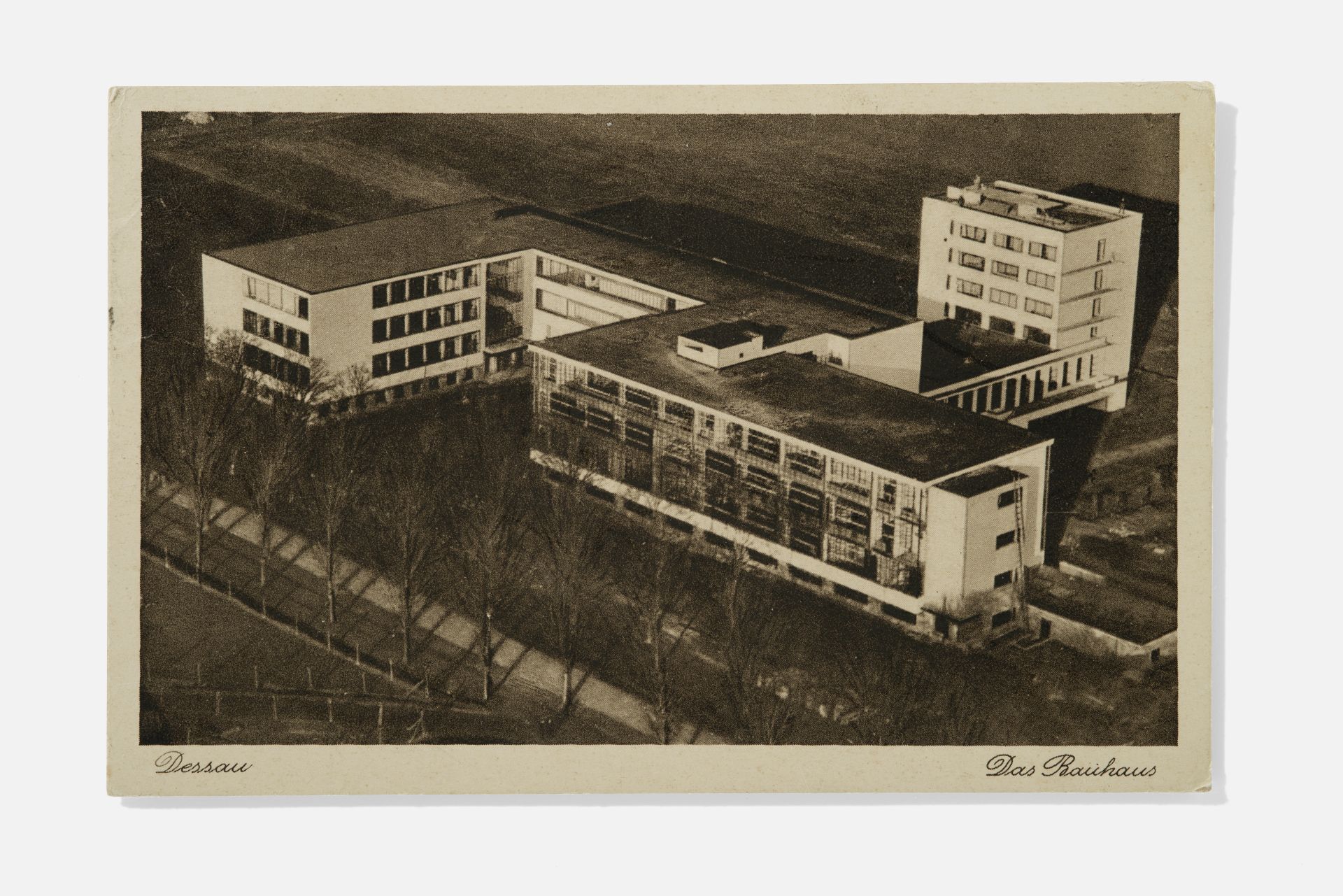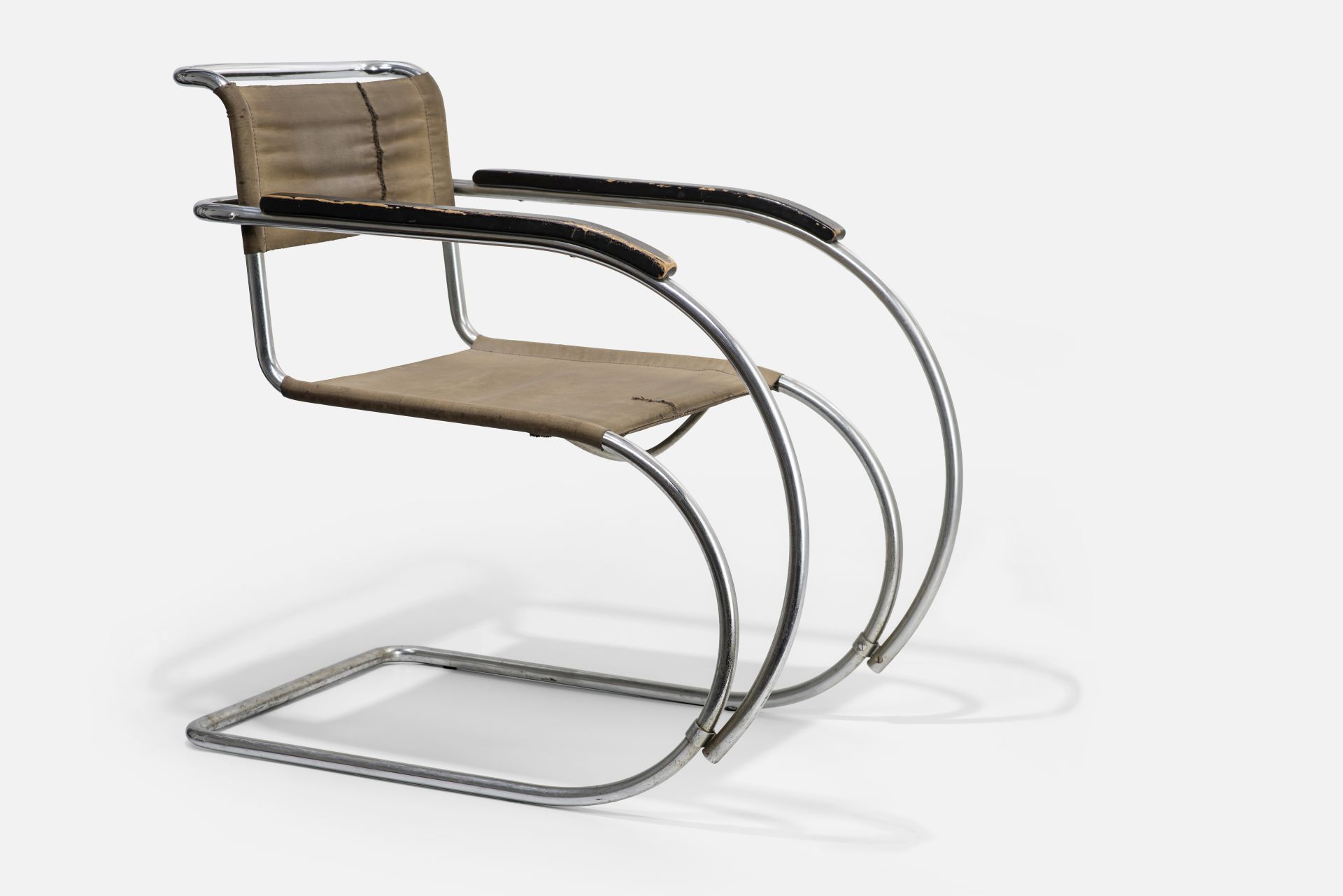”Arts and Crafts - a new alliance”
The great empires were falling. Europe was in ruins. Everyone sensed the inevitable end of the old world and the coming of a new age. The year was 1919. After four years at the front, Lieutenant Walter Gropius returns to Berlin. The war results sparked his anger and the will to change. So when Henry van de Velde offers him again to become the director of the Academy of Fine Arts and the School of Arts and Crafts in Weimar, this time Gropius doesn’t hesitate and accepts. However, he has his terms. From now on, all differences between arts and crafts are to disappear, and the innovative curriculum is to represent progressive ideas, giving hope for a new and better world. Merging both universities results in the creation of Staatlichen Bauhaus Weimar - a place “created by people, for people”, educating artists who create for the benefit of society.

100 years and 1
In 2019, we celebrated the centenary of founding the Bauhaus - an art university, which, with its innovative curriculum and education system, has had a profound impact on almost all areas of art that can be felt to this day. Was Fritz Kuhr, a student and later a Bauhaus lecturer, right in saying that “The whole world is Bauhaus”? Are the ideas of the Bauhaus still valid? Discussions about the controversy surrounding its mission and significance took place not only within the academia, but also outside, and continue to this day. Polemics and disputes raged between three successive university directors - Walter Gropius, Hannes Meyer and Ludwig Mies van der Rohe, as well as the Bauhaus masters, lecturers in their studios and students. During its 14 years of existence, the Bauhaus was an institution that was constantly redefining itself. It changed its seat three times. Founded in 1919 in Weimar, in 1926 moved to Dessau. Meanwhile, the influence of the Nazi party grew throughout Germany in the wake of the economic crisis. For them, the school became a hotbed of harmful Marxist ideas foreign to the German nation. In 1932, the Bauhaus had to leave Dessau and move to Berlin. Eventually, it was closed in 1933.

Eight zones
“The whole world is Bauhaus” is an exhibition divided into eight thematic zones. It shows the diverse and compelling aspects of the Bauhaus art and life. It includes photos, works on paper, models, documents, films, texts and structures and invites you to discover detailed concepts and solutions proposed by Bauhaus for a modern approach to architecture, everyday objects, painting and performing arts, and even models of pedagogy. The aim of all these activities has always been to ensure adequate living conditions for people and their surroundings. Each thematic zone presents selected Bauhaus representatives based on one object, showing what connected and what divided their life paths.

The exhibition is prepared by ifa (Institut für Auslandsbeziehungen) in Stuttgart, Germany.
ifa (Institut für Auslandsbeziehungen) is the oldest German organization dealing with foreign cultural and educational policy with headquarters in Stuttgart and Berlin, founded in 1917 as Deutsches Ausland Institut (German Foreign Institute) in Stuttgart. In its projects, it connects representatives of business, media, politics and institutions working for the contribution of civil society. All over the world, ifa facilitates meetings between people involved in cultural, artistic and media practices.
The exhibition “The whole world is a Bauhaus” was created with the support of the Ministry of Art, Science and Research of the Federal State of Baden-Württemberg
Curator: Boris Friedewald
Management: dr Ellen Strittmatter
Artistic management of the project: Valerie Hammerbacher
Technical coordination: Martin Edelmann
Organizer: Museum of Architecture in Wroclaw
Coordination: Kalina Soska, Wictoria Litwinowicz
Partners: Goethe-Institut in Krakow, Consulate General of the Federal Republic of Germany in Wroclaw